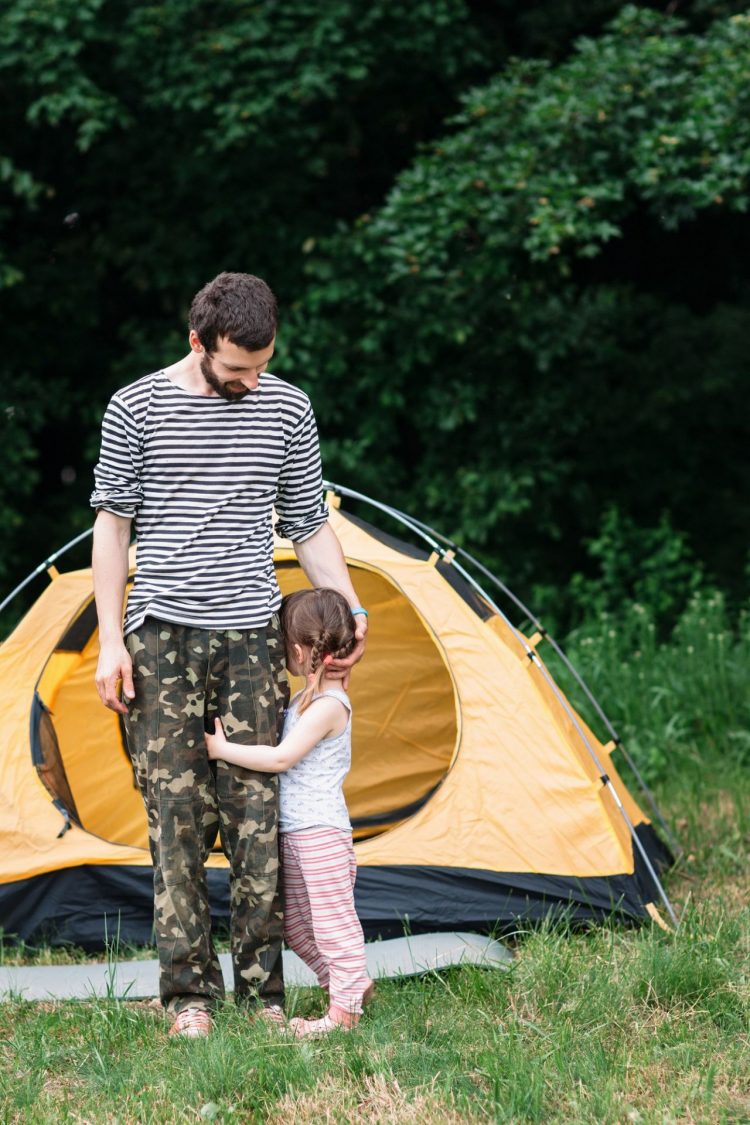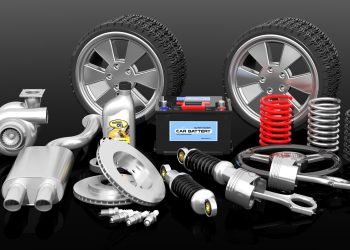Hunting is more than simply a sport, as many hunters will attest; it’s a way of life. The correct equipment, like with any outdoor lifestyle, is the difference between a successful and unsuccessful day. One of those little pieces of equipment that can completely alter your day or weekend outside is a camouflage tarp.
What are Camo Tarps?
Simply put, a Camouflage Tarp is a green tarp with a camouflage pattern on the outside and is often just army green on the inside (a good way to tell them apart). Polyethylene is used in its construction to naturally provide UV protection, light blocking and flame retardant. Alternatively, note that a highly reflective White Tarp is also available in the market if camouflage is not desired and
The color and pattern are the only significant distinctions between poly tarps and camouflage tarps. For tarps, every brand will continue to use the same grommets, seams, and other components. It simply boils down to aesthetics.
For instance, there are plenty of tarps, some of which are camouflage-patterned. Since they are identical to the poly tarp, Camo Tarps are also made in other colors with the same level of excellence, strength, and effort.
Here are seven explanations for why each hunter should always have a camouflage tarp in their vehicle for rapid deployment.
Emergency Shelter
Youcan construct various emergency shelters that blend into the surrounding environment using a camouflage tarp. Due to their simplicity of assembly, the lean-to and diamond fly shelters are both popular choices.
Leaky Roof
Camp occasionally needs a little tender loving care. Occasionally, family responsibilities or work obligations prevent you from making the necessary repairs at camp. Fortunately, a tarp can be useful in that situation. A tarp can be used to patch a leaky camp roof with a little bit of creativity.
Lean to Shletering
A lean-to shelter can be constructed in a variety of ways. The simplest and most straightforward method is to drape a tarp over a taut rope of sturdy paracord strung between two trees or other substantial fixtures, weigh down the tarp’s edges, and then sling the tarp over the line. Use the rings to tie a rope of paracord between the tarp and a post or sharpened pole, or weigh down the edges of the tarp with large stones to secure its edges.
Diamond Shelters
Make sure the opening of the diamond shelter faces away from the wind and rain if you want to avoid setting up a lean-to but are anticipating rain. You can also keep the shelter warm by having a fire nearby and keeping it a safe distance from the mouth of a diamond shelter.
Simply rig the opposing corner to a tree and secure one corner to the ground. You will have a shelter that not only repels light rain or snow but also smells nicer in the morning if you secure the final two corners to the ground.
Another expert recommendation is to anchor the tarp’s land-bound edges with large stones if the wind is forecast. When you most need to sleep, this will prevent rogue gusts from pulling the shelter off the ground.
Semi-Permanent or a DIY Hunting Blinds
Your journey to and from the truck, ATV, or camper can occasionally be tough. You can find yourself stranded outside and require a location to shelter in place. A camouflage tarp can be used to create a ground blind and emergency shelter that serve two purposes. It’s manageably easy to put together, strong enough to last for a while, and portable enough to move from one place to another.
Weather Protection
A camouflage tarp comes in handy for storing your kayak, hiding your ATV from curious eyes, or creating a temporary gear shed for your wilderness campsite. You can design a tarp gear shed to fit the quantity of stuff you have and the type of weather you anticipate. Perhaps you want to build a lean-to shelter to store additional dry wood, your canoe, and all of your extra layers. Or perhaps you want to cover a meat hanging station. A tarp can help you conceal and safeguard your equipment no matter what you require.
Dry Firewood
The urge for a fire is even greater on chilly, rainy days. A camouflage tarp can be useful in that situation. If you’re anticipating severe weather, you can construct a small firewood shed or even cover your fuel supply with a tarp.
Game Animal Dressing
A tarp can help keep your future meals free of debris if you need somewhere to store your kill before you can field dress your game or if you truly need a place to prepare your meat for the next meal.
A tarp might act as a good barrier between your kill and the ground if you’re in a rush and don’t have time to prepare or hang your meat. Naturally, you shouldn’t leave your meat out on the ground for too long, but if you must, and it’s chilly outside, it’s an excellent way to keep the dirt and your meat apart.
Use your human fragrance to prevent predators or scavengers from your kill if you anticipate leaving your meat outside for the night. Around the perimeter of the tarp, stinky socks or sweaty clothing may deter coyotes. Few hunters, though, would advise doing so unless it is absolutely necessary.
Is it legal to use Camo Tarps?
The possession of camouflage tarps is legitimate. Because the US military uses tarps, be careful to avoid the appearance that you are storing or transporting military-related equipment. This situation makes using Camo Tarps on flatbeds or dump trucks a bad idea, which is why you don’t see them on the highway.
Still, it is OK to possess them. As we previously discussed, you can use them on your truck or when camping without encountering any issues with the law. All you have to do is use common sense, assess the scenario, and decide whether camo tarps are best for your needs.












